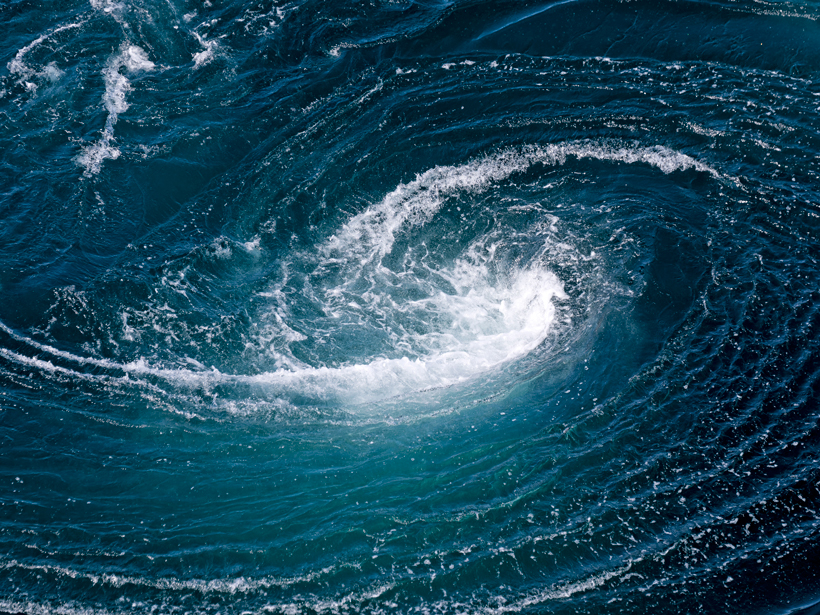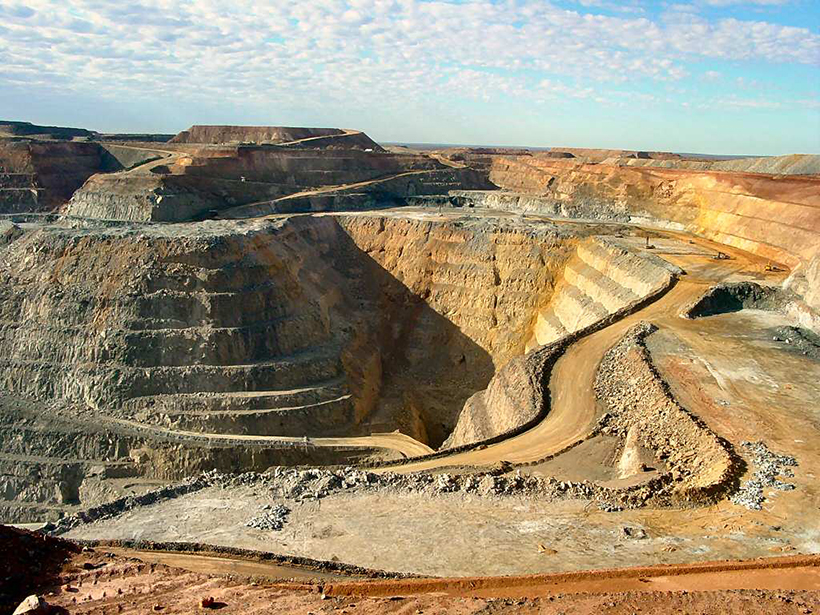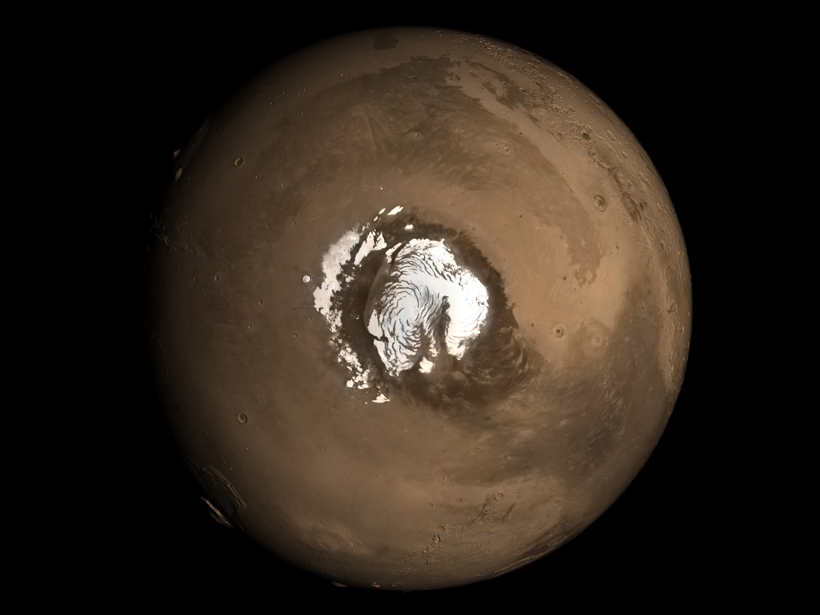A new study tracks two ocean eddies passing over the Pacific Ocean's Izu-Ogasawara Ridge.
E. Underwood
How "Godzilla" El Niño Affected Tropical Fish in Low-Oxygen Zone
A warm period unexpectedly boosted some species of fish larvae off the coast of Mexico.
Looking Up: Taking Photos May Improve Climate Models
Snapshots of clouds taken from the ground reveal orders of magnitude more detail than satellites.
How the Deep, Cold Currents of the Labrador Sea Affect Climate
Seventeen years of ocean current data link global atmospheric and oceanic circulation.
Global Drought Clustering Could Mean Big Losses for Mining
Long-term climate records could help mining companies and their investors assess the financial risk of water shortages.
How Mars Got Its Layered North Polar Cap
Orbital wobbling shaped the dome of ice and dust at the planet's north pole.
Clouds Don't Reflect as Much Sunlight as Previously Thought
Icy clouds may actually increase, not decrease, the amount of solar energy that reaches Earth.
Notorious Ocean Current Is Far Stronger Than Previously Thought
The Antarctic Circumpolar Current is the only ocean current to circle the planet and the largest wind-driven current on Earth. It's also 30% more powerful than scientists realized.
How Global Warming's Effect on Clouds May Make It Rain Harder
More clustering of clouds due to higher temperatures increases the likelihood of heavy downpours.
Major Ocean Circulation Pattern at Risk from Greenland Ice Melt
The current warming trend could mean the collapse of ocean's global conveyor belt, which would have far-reaching effects on climate around the world. But this collapse could still be avoided.










